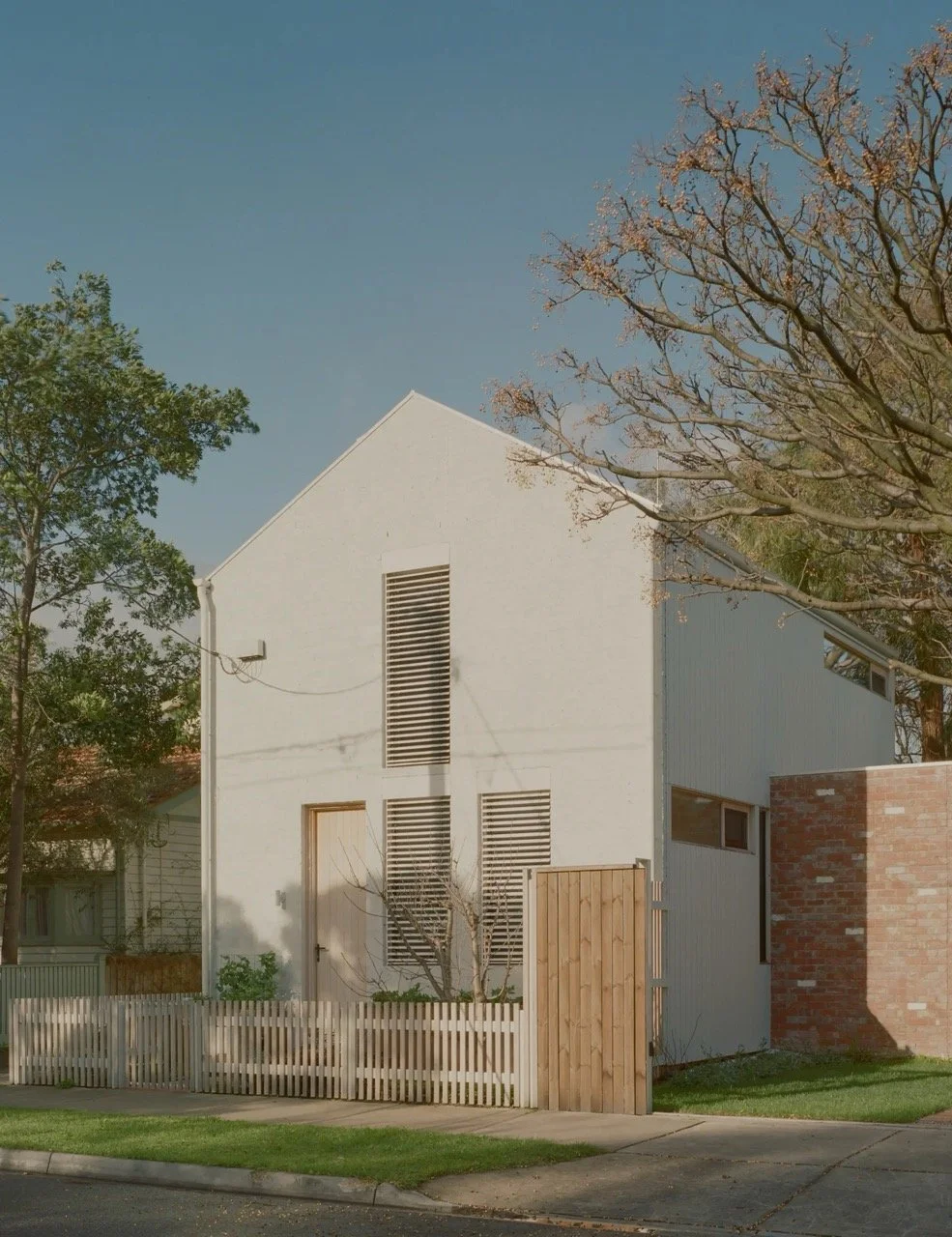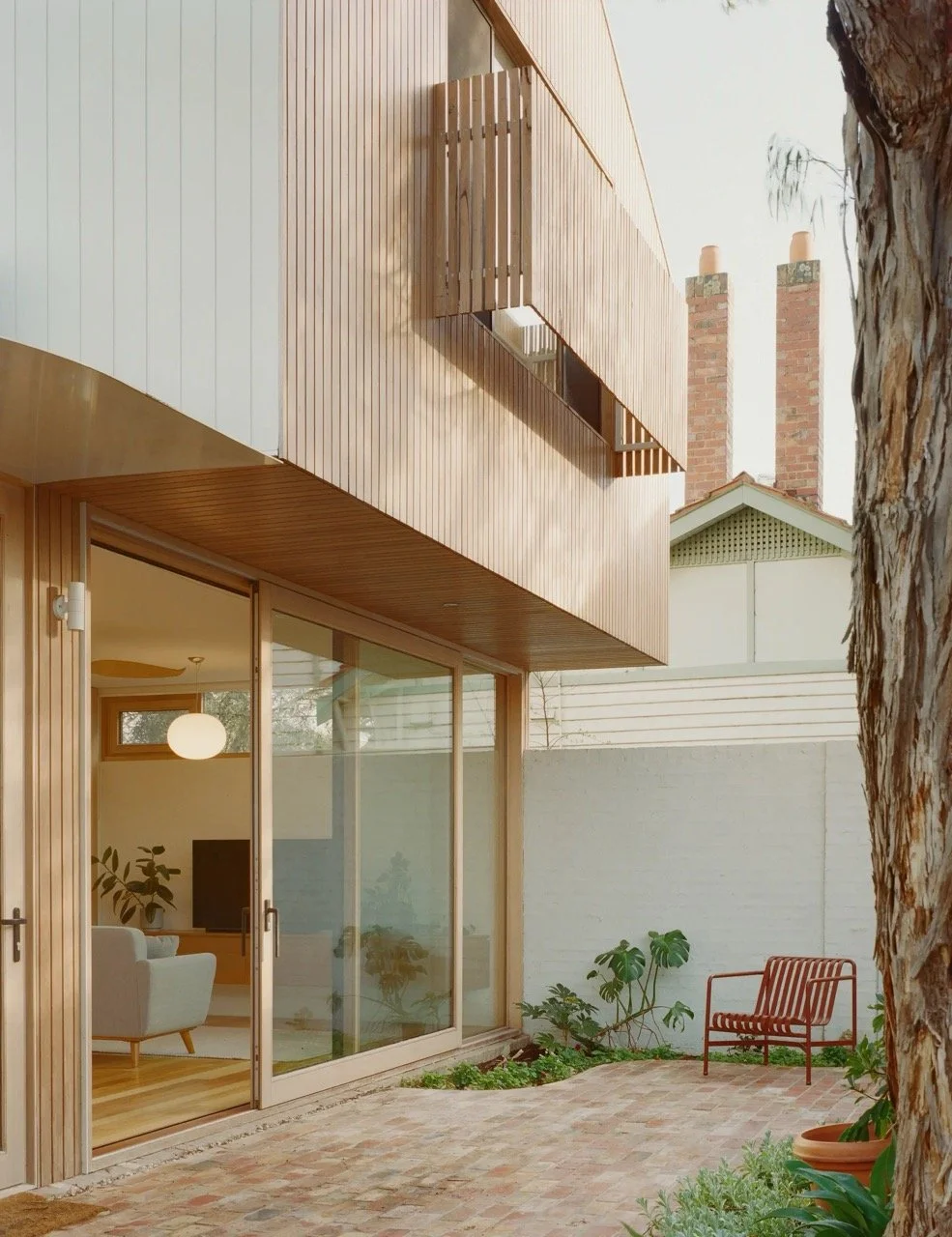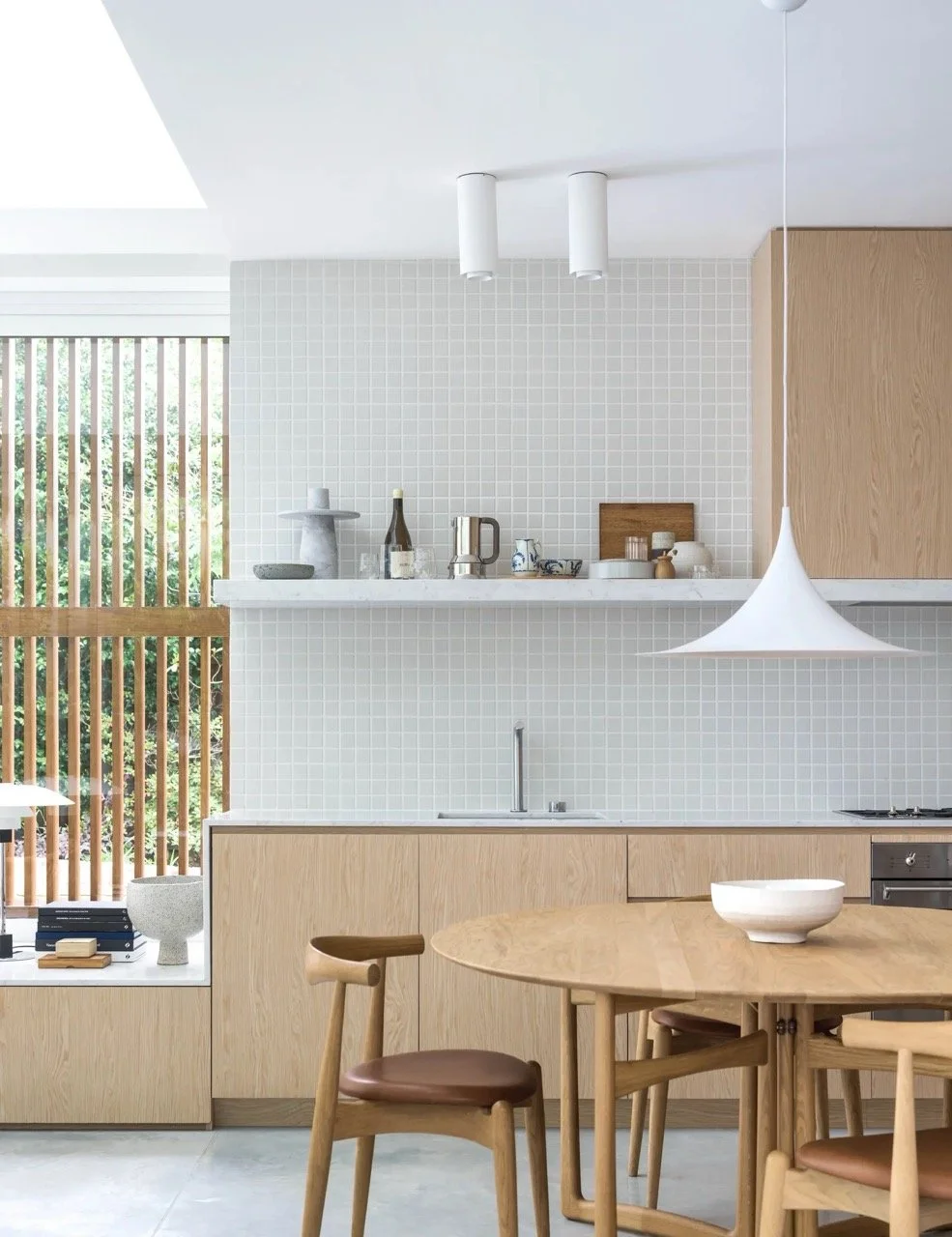5 Design Hacks That’ll Make Your Multigenerational Home Actually Work
Picture this:
Grandma’s trying to read in her armchair while the kids are building Lego fortresses on the coffee table. Dad’s on a work call in the corner. Mum’s attempting to cook dinner whilst dodging flying toys.
Everyone’s doing their own thing in the same space.
It’s chaos.
And if you’ve lived in a multigenerational home, this scene probably feels familiar.
Because fitting multiple generations under one roof isn’t just about having enough bedrooms, it’s about creating spaces that work for a 6-year-old AND a 75-year-old.
At the same time. Without anyone losing their sanity.
Here are 5 tips on how to do it:
1. Zones = Sanity (No Renovation Required)
You know what chaos looks like?
A shared living space where everyone’s trying to do everything everywhere all at once.
You need zones. Desperately.
Ideally, the floor plan’s already working in your favour (a wing here, a granny flat there). However, if you’ve one large, open-plan room, you need to break it down into zones.
Do this:
Use area rugs to define space.
Add open shelving as subtle dividers.
Use folding screens.
Layer in multiple light sources per zone.
Maybe a floor lamp for grandma’s knitting corner or task lighting for your work-from-home setup.
The goal? Create boundaries that everyone understands without feeling boxed in.
Credit: Lisa Petrole (left) & Paul Massey (right)
👉 Notice how they’ve used a floor-to-ceiling bookcase to create a sense of separation from the dining area in the image on the left. Then, in the living room on the right, they’ve used a traditional folding screen to zone off the sofa area.
2. Design for Access (Without Screaming “Aged Care”)
You don’t need to make your home ugly to make it accessible.
Swap knobs for lever or D-shaped handles, put lights inside dark cupboards and under cabinetry, and use contrasting colours for steps or edges.
Credit: TLY Electrical (left) & Iver (right)
3. Seating for Everyone
What’s comfy for a 30-year-old is a nightmare for a 75-year-old’s knees.
Low, trendy sofas? Forget it.
Multigenerational seating should mix heights and depths. But if you’re looking for a compromise, aim for seating around 19 inches high.
Similarly, consider countertop heights, storage heights, and where you place light switches. You need accessibility for all ages and heights.
4. Respect the Sleepers
Multigenerational homes are loud.
Different schedules. Different devices. Different definitions of “quiet.”
Fix that with sound-absorbing materials:
Rugs
Upholstered headboards
Floor-to-ceiling curtains
Soft-close hinges
Wall-mounted fabric panels and even acoustic panels, if necessary.
Even plants can help soften echoes.
Credit: Kelly Framel (left) & Catherine Gratwicke (right)
👉 Notice how they’ve used a deep green curtain over the wall behind the bed on the left. Not only does it give a moodier backdrop, but it would also help with sound absorption. Then, in the hallway on the right, they’ve added a runner rug to muffle footsteps.
And if you have the space for it ..
5. Consider ADUs (Accessory Dwelling Units)
Otherwise known as granny flats.
A secondary home, independent from your main house. With thoughtful planning, it offers privacy AND proximity.
You’re able to live together, but separately.
It’s becoming more common as families tackle housing costs and ageing in place, whilst fostering community.
This tiny brick house built in the backyard of an existing Melbourne family home. Designed by Ben Callery Architects, Photo by Pier Carthew
This 60-square-metre granny flat has its own entrance and street address, connected to the rear of an extensively renovated home on Sydney’s Upper North Shore. Designed by Brcar Morony Architecture, Photo by Justin Alexander
The truth about multigenerational living?
It’s not about cramming everyone into the same space and hoping for the best.
It’s about designing with intention. Creating homes that respect different needs, ages, and routines whilst finding ways to connect.
Cheers,
Reynard









